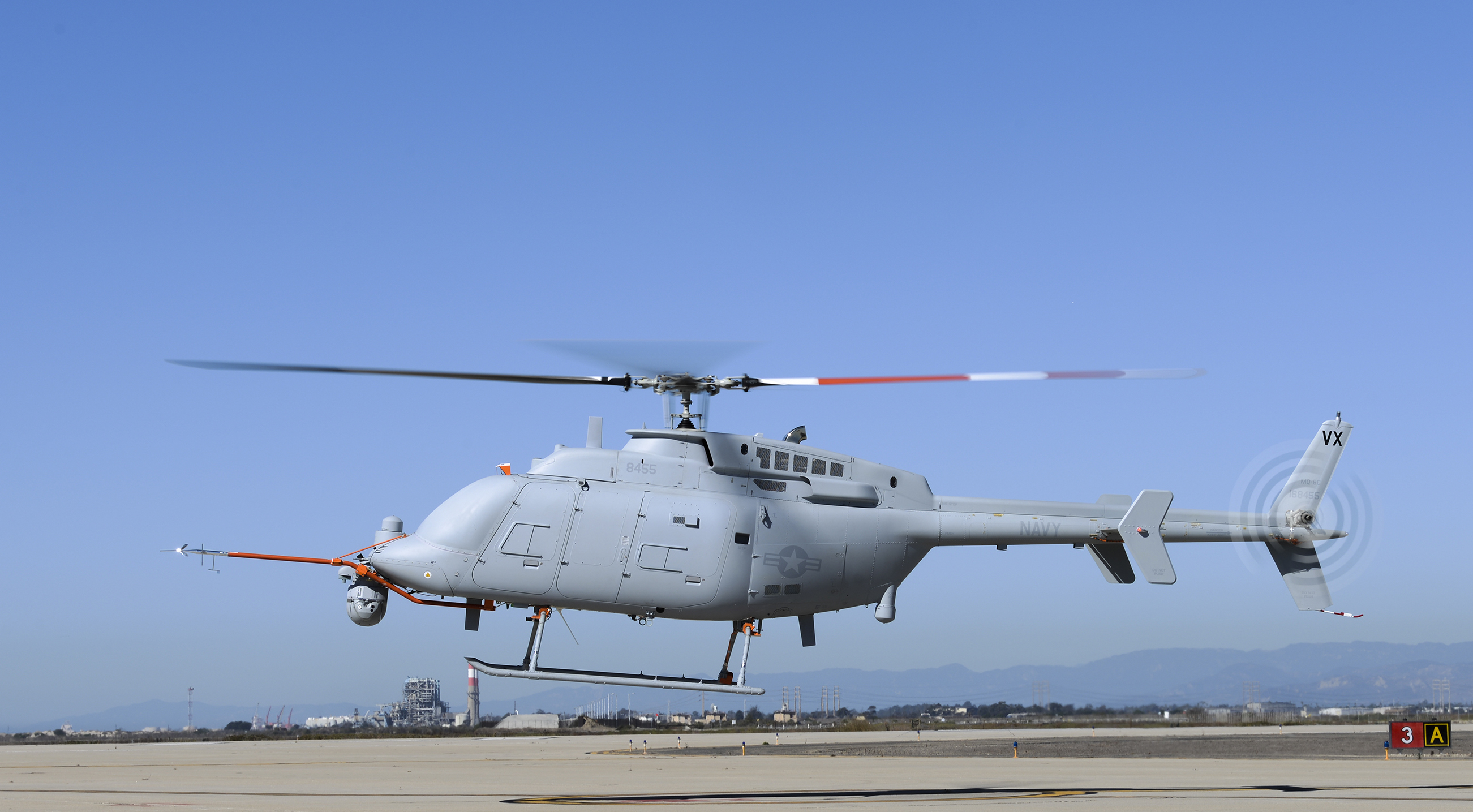
SNA 2014: Navy Eyes Next Generation Fire Scout for LCS
Navy leaders are considering options to field the Northrop Grumman MQ-8C —the newest version of the Fire Scout unmanned aircraft aboard…
Copyright 2024 U.S. Naval Institute. All Rights Reserved.